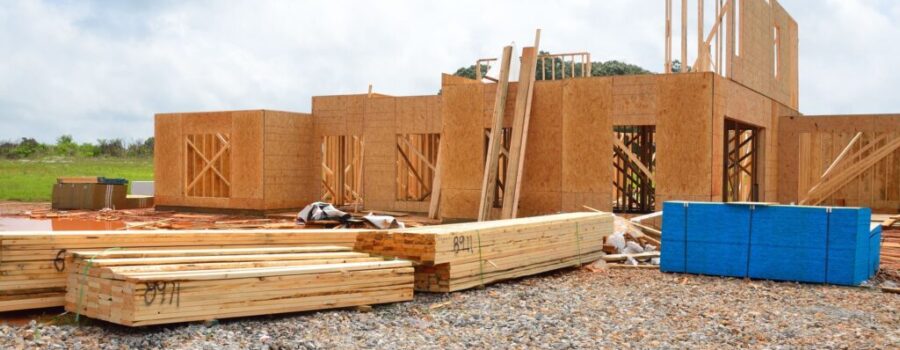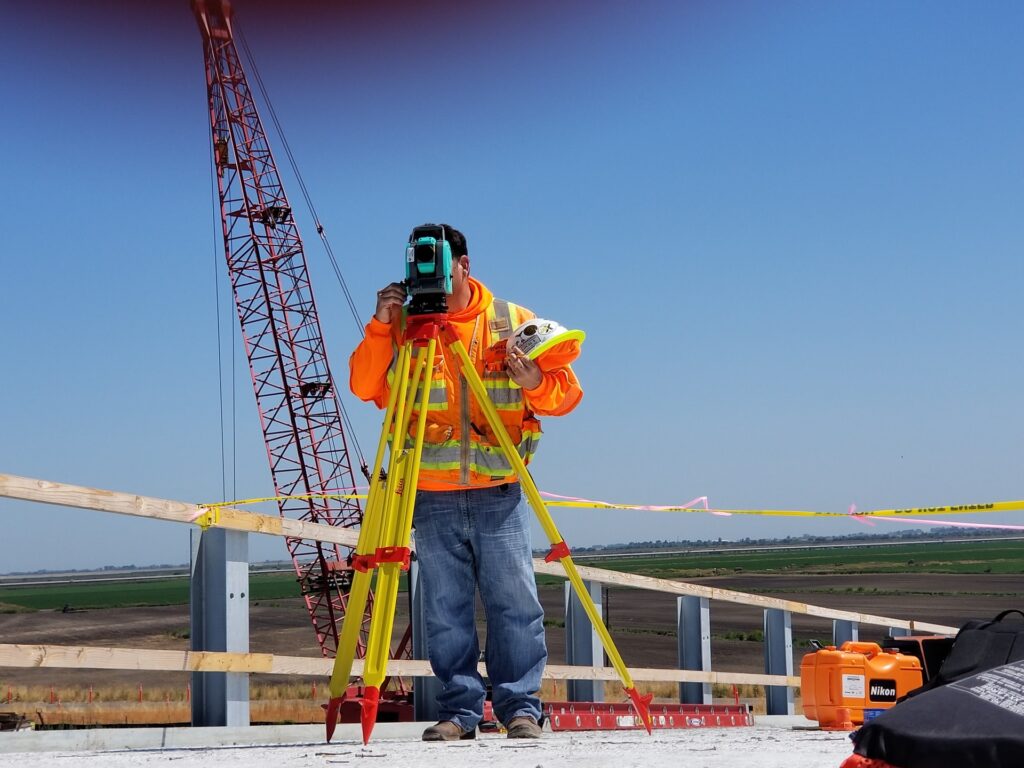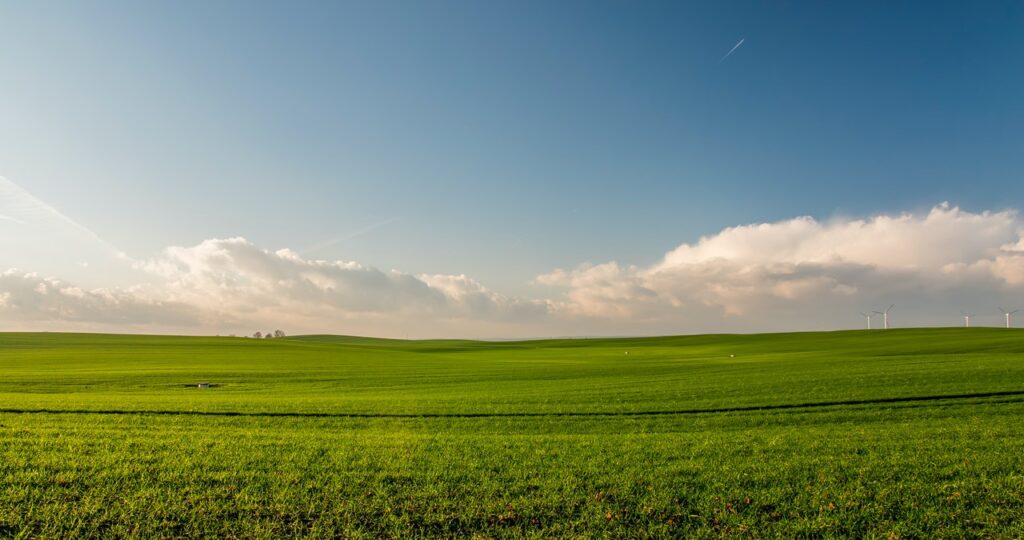
The Process of Land Development & Land Use Permits
When you purchase a parcel of land, it’s possible that you will be able to begin the process of land development, which is commonly referred to as raw land development. Raw land development occurs when you buy a piece of land with the goal of constructing a building or completing a development project of some kind. You can also choose to hold onto the land to allow the value to appreciate over a lengthy period of time, which gives you the opportunity of obtaining a high return on your initial investment. A top benefit of purchasing raw land is that it gives you many development opportunities, which isn’t true if you purchase land that has already been developed.
Property development differs from land development in that the former encompasses the latter. Property development is a common business process that can involve anything from purchasing raw land to constructing a building on that land. To understand exactly how raw land development works, it’s important to look at the specifics of the process. This article takes a closer look at the extensive land development process and the necessity of land use permits.
Key Takeaways:
- Land development is the process of acquiring a piece of land to create a development project of some kind on.
- There are many regulations discussed below that you will need to take into account when creating your project.
- Buying land is a great investment but be sure to check out your local and state land use permits!
Things to Know About Land Development

When you’re looking to begin the land development process, it’s first important that you consider the zoning for the parcel of land that you’ve purchased, which will determine how you’re able to use the land. The zoning of the land will include the uses that are allowed for the area in question. If the type of development you want to create isn’t allowed by the zoning code, it’s possible to change it in some situations.
On the other hand, attempting to construct a building or begin a development project for a use that isn’t accommodated by the zoning code can come with heavy penalties. If you’ve already begun construction on a project that isn’t allowed by the local zoning code, you will likely be required to demolish your work, which can cost you a significant sum of money.
This particular process can lengthen the development time by 2-3 months if you need to apply for a zoning change. In this situation, landscape plans, site plans, and building elevations will need to occur. You will also be required to pay a fee alongside the application, which is usually less than $1,000. While these costs are relatively low, having the zoning changed can take some time, which is why it’s recommended that you purchase land that has already been zoned for the specific use that you’re interested in.
It’s also important that you check out utility availability on the land in question. The proximity of utilities on the piece of land will dictate how properties are developed. Cable, gas, fiber, electric, and sewer are just some of the utilities that are needed to successfully complete land development. In the event that one of these utilities isn’t immediately available, some off-site improvements may need to be made. Preparing offsite plans and having these plans approved can delay the land development process, which is why it’s important that you address these issues before development is set to begin. If off-site improvements are needed, the cost of development will invariably increase.
Access should be another top consideration when you’re set to begin a land development project. If the project comes with high-density traffic requirements, it’s likely that off-site improvements and roadway improvements will need to be made. It’s possible that a Traffic Impact Analysis will need to be scheduled as well, which can take around 60 days to be completed. Any off-site improvements will also delay your development project. In the event that a Traffic Impact Analysis is required, the total costs can be anywhere from $15,000-$50,000.
You’ll also want to take a look at the subdivision requirements for the land in question. Does the site need to be combined or divided? If it does, you will likely need a subdivision plat, which can be used to combine numerous lots into a single one, divide one lot into multiple lots, or craft a platted lot.
Finally, it’s important that you take your landscaping needs into account. Search for any trees on your land before identifying if municipal mitigation requirements apply to them. Some of the landscaping requirements that could apply to your land include screening requirements, open space requirements, and landscape setback requirements.
If any of these apply to your piece of land, your land development project could change significantly. The same is true with the overall costs for the project at hand. However, there’s no exact time delay that’s allotted to the project. Any necessary tree mitigation can increase expenses significantly if you are unable to provide a replacement tree. The costs associated with screening walls depend on the exact screening material that the municipality uses.
Why Should You Buy Land?

There are a myriad of reasons why you might want to purchase land. The purchase that you make can be used for a wide array of investment opportunities. For instance, you could develop a building on the land that significantly increases the value of the land in question. You could then choose to sell the property or keep the property until the value increases. The decision you make largely depends on how well you understand real estate market trends. The purchase price and overall holding costs for raw land are much lower when compared to buying land that has already been developed. However, it’s important that you’re prepared for the necessary permitting and planning that goes into any land development project. The five primary advantages of purchasing land include:
- Less competitive – As opposed to real estate investments where a property has already been built, buying raw land comes with much less competition, which means that costs shouldn’t be too high
- Opportunity for seller financing – When you hold raw land, you can look into seller financing opportunities for any future buyer of the land, which means that you can take the role of a bank and charge higher interest rates
- Inexpensive – Purchasing raw land is much less expensive when compared to purchasing land with developed property, which includes the fact that maintenance costs are low and that property taxes are relatively affordable
- Appreciation potential – Raw land is considered to be a scarce resource, which means that it’s highly likely that your investment will appreciate over time
- Development possibilities – As long as the zoning code permits it, you can develop practically any kind of building that you want on your land, which includes everything from a condominium to a single-family home
What Do Land Use Permits Cover?

Land use guidelines are determined by local, state, and federal ordinances as well as zoning ordinances with the municipality. These ordinances will determine how a piece of land can be used. While some land can only be used for the construction of residential properties, other land can only be used for commercial properties. It’s important that you understand the local zoning regulations before you go forward with the purchase of a parcel of land.
Obtaining a land use permit ensures that your intended use for the piece of land takes every regulation into account, which extends to roadway and traffic capacities, population density, environmental constraints, utility availability, and the management of storm water. Keep in mind that you will be required to go through an extensive permitting process before you’re able to obtain this permit. A land use permit will typically cover areas like:
- Wetlands
- Streams
- Floodplains
- Environmentally sensitive areas, which can include wooded areas
- Open space
- Contaminated areas
As touched upon previously, these regulations are governed by local, state, and federal officials.
Land development is a great way to purchase a piece of land for an affordable price before developing the land into practically anything you want it to be. As long as you take the local zoning requirements into account, you can turn a simple lot into a shopping complex or construct several apartment buildings. While there are an extensive number of requirements that you must pay attention to if you want the land development process to go smoothly, taking these aspects of development into account before the project begins should make it easier for your project to be finished on time and under budget.
If you are able to understand the local real estate market, your initial investment can pay dividends and may provide you with high returns whether you decide to sell or sit on the property for a period of time. Before you start the land development process, make sure that you take a look at the availability of utilities, understand the local zoning requirements, identify any site restrictions like easements, and learn about subdivision requirements. Now that you’ve prepared for the land development process, you should be ready to get started with the project at hand.

Jason Somers, President & Founder of Crest Real Estate
With over 15 years of professional experience in the Los Angeles luxury real estate market, Jason Somers has the background, judgement and track record to provide an unparalleled level of real estate services. His widespread knowledge helps clients identify and acquire income producing properties and value-ad development opportunities.
Learn more about Jason Somers or contact us.



